The Jesuit's House: An Educational Tour to History

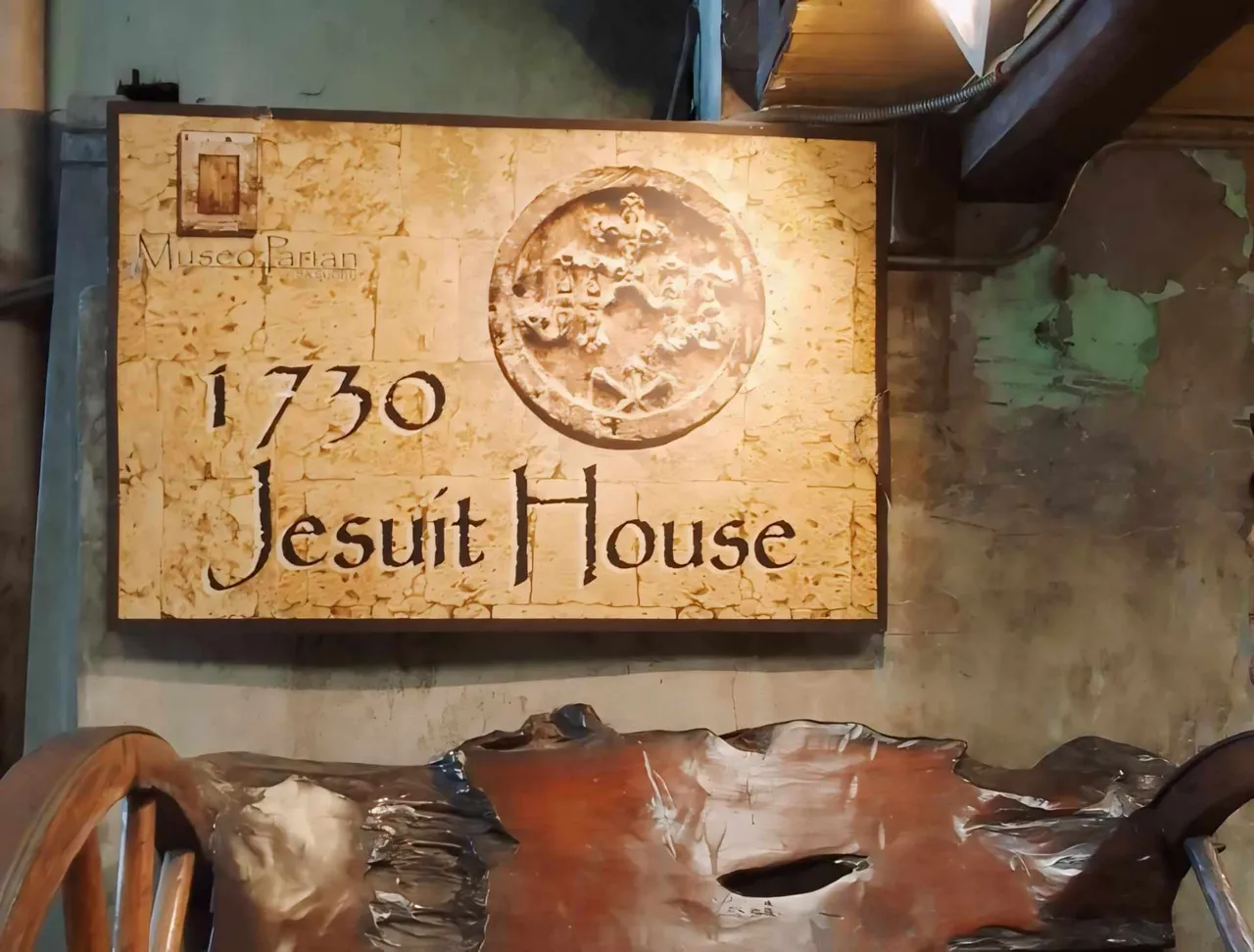
Come join me in this one of a life experience in unveiling the chronicles of the past. Have yourself ready, and let us get amazed with the beauty of our featured museum of the day. Welcome to the Jesuit's House, a museum hidden in a warehouse.

Outside the museum, you won't really imagine of it being a museum since its entrance is a construction supply warehouse. It is the family business of Mr. Sy, the owner of the Jesuit's House. Before we can enter the museum, we have to pay an entrance fee of Php.50.00 per head. Our professor who organized the museum tour then collected our fees and proceed to the cashier in the front desk. After we have paid our entrance fee, we then proceed to roam around the museum.
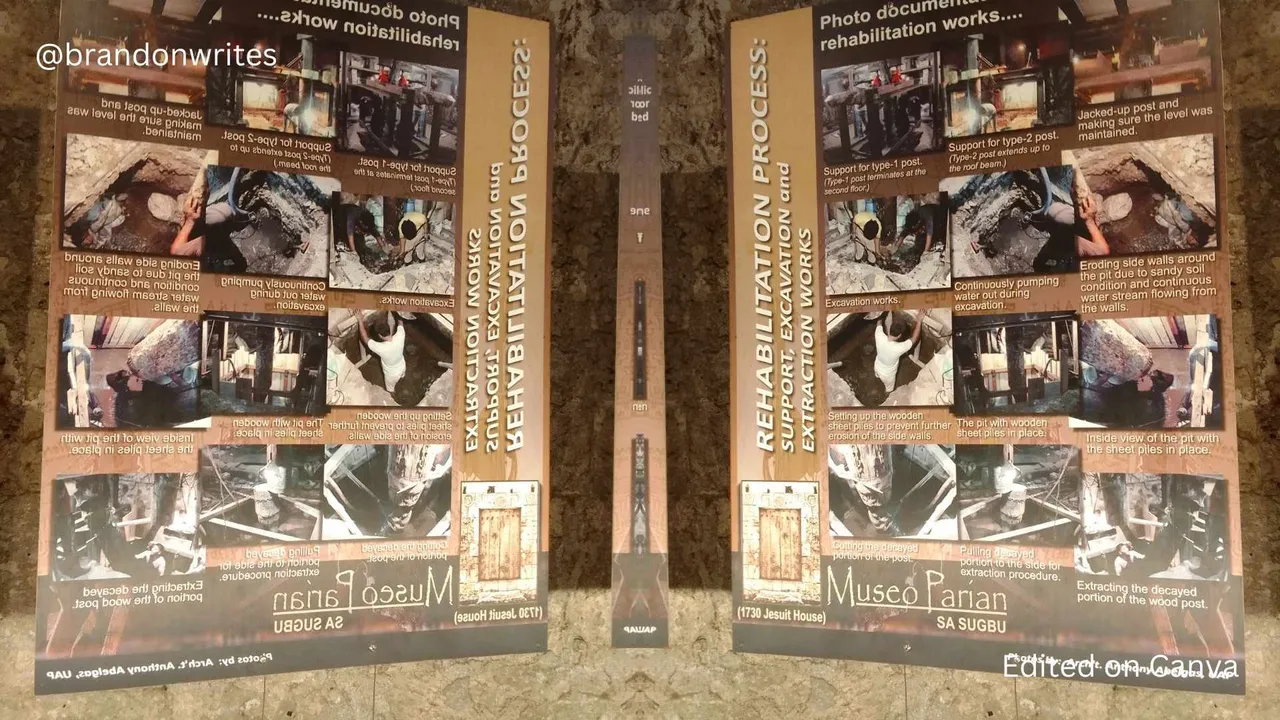
The museum is a two story building, in its ground floor the walls are made of corals which were so solid to withstand time. It highlights the accidental finds inside the house such us ceramics and unidentified bones and other remains, it also showcases the old map of Parian via small diorama. Still in the ground floor, they highlighted the life of a Filipino martyred saint Pedro Calungsod.

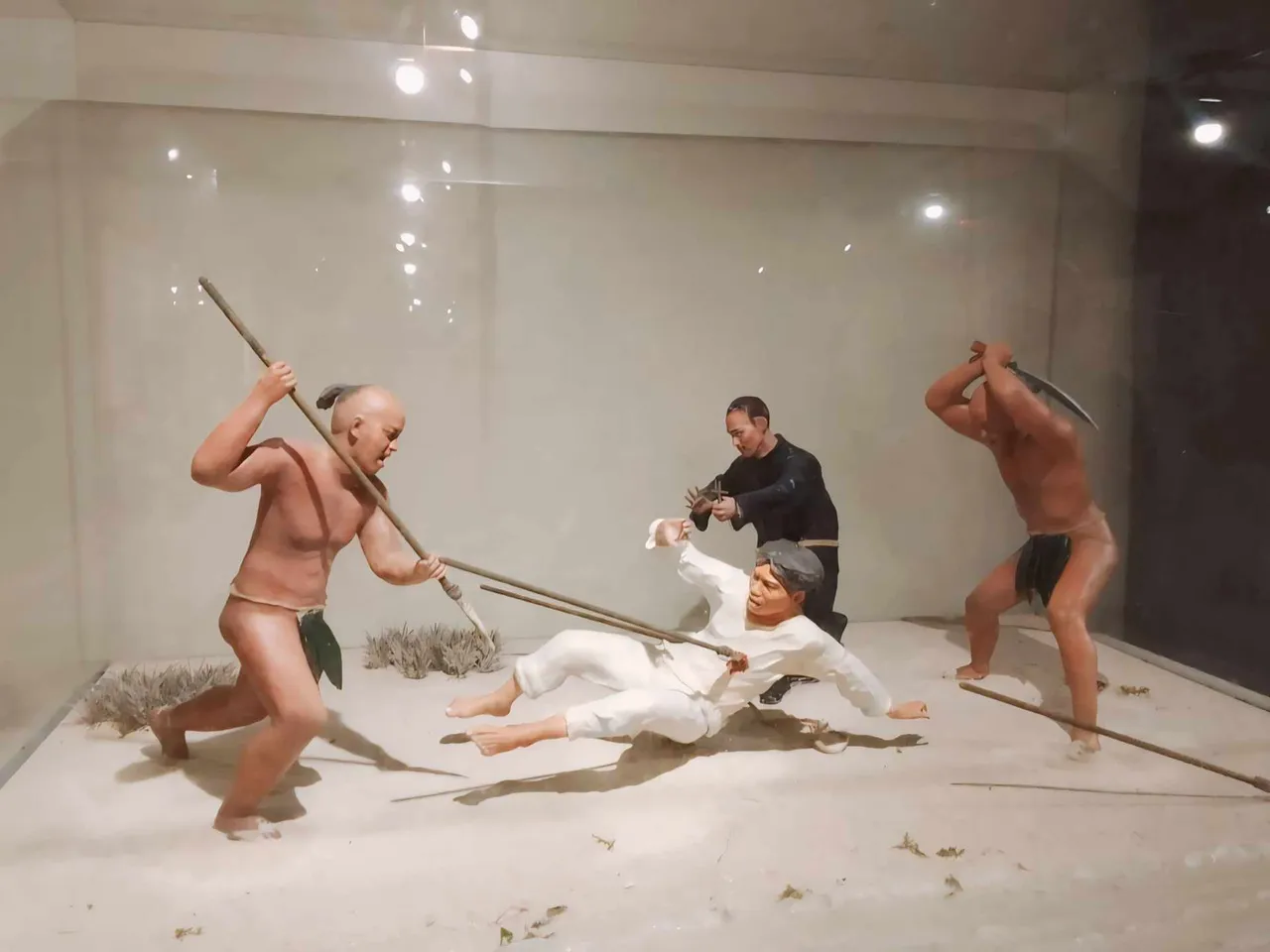
After being amazed with the beauty of the ground floor exhibits, prepare yourself as we will now be going upstairs the museum, in its 2nd floor. In the 2nd floor of the museum there it showcases different mesmerizing antiques and old "kabilin" of the past. From its flooring made of wood, to its wonderful decorative, the Jesuit's House already claimed to be my favorite museum so far of all the museums I visited.

In a section of the house, still in the second floor we can see a bed called Ah Tay bed. When we hear the word Ah Tay, certainly, we thought of a curse word, bisaya can relate. But there is something good to know about this Ah Tay bed, it is a matrimonial bed with intricate carvings of squash and grapes which symbolizes fertility. The name Ah Tay is derived from a furniture maker called Ah Tay, who is said to be the one who made such kind of bed.
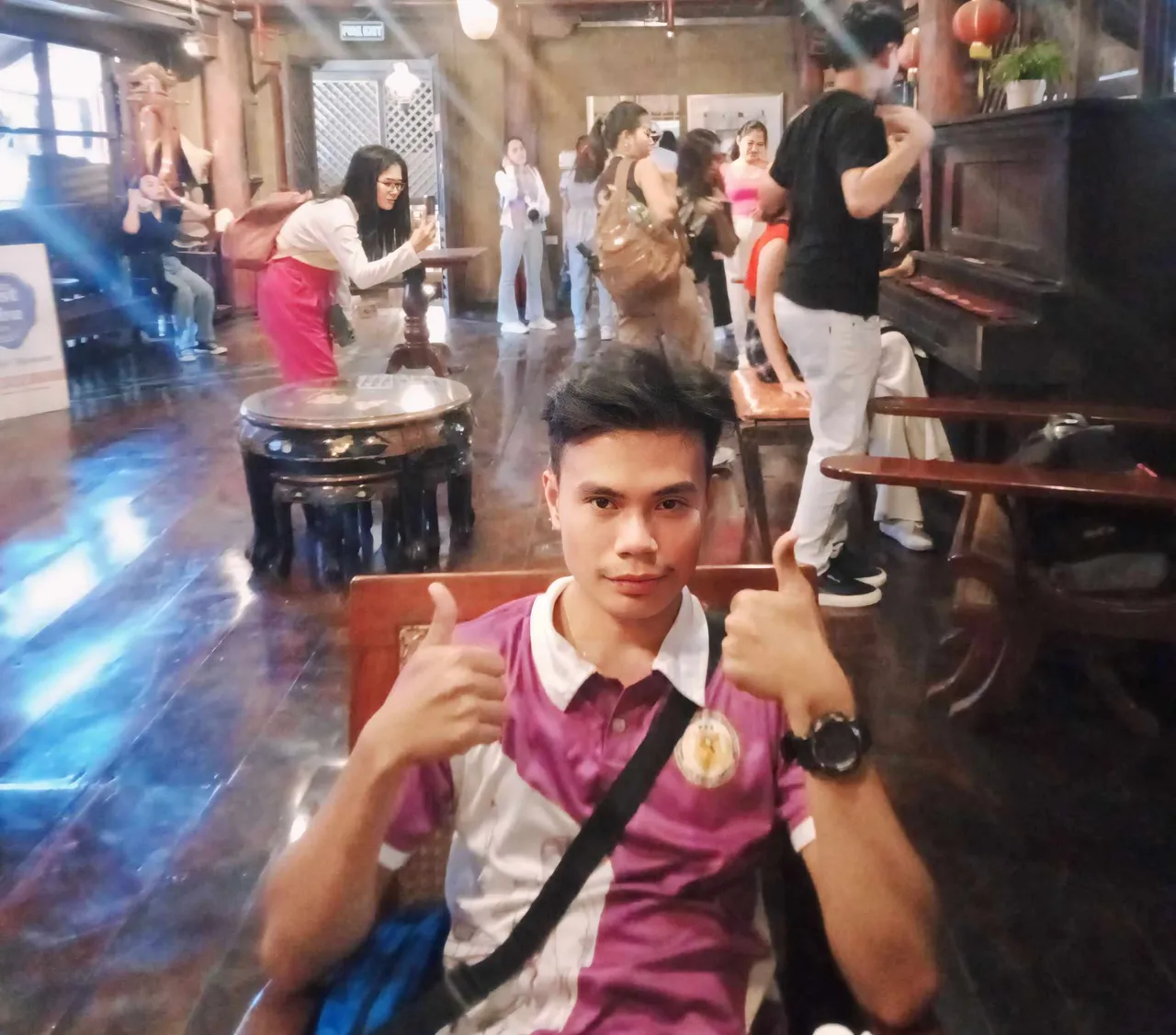
Inside the house we can see a low relief bearing AÑO 1730, an artifact in itself (Jesuit's House). It signifies how old is the said house and the decades it has been through. It is so amazing to know that despite its age it has maintain its elegance and classic style.
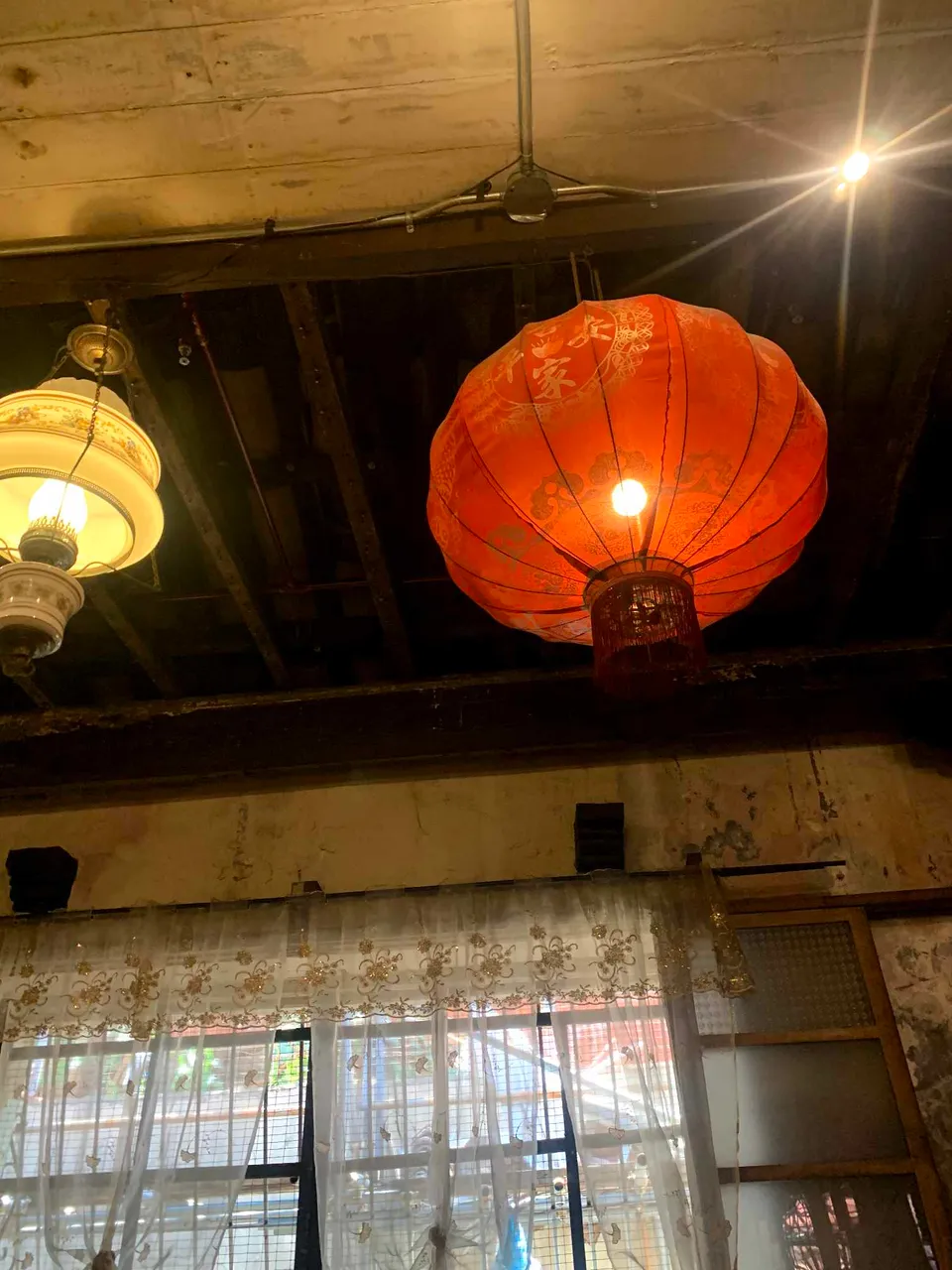
We can also see in the dining area, their dining table made of iron wood. I have tried to lift the table but it is really impossible to lift the table with a single person in bare hands, maybe it will take 20 to 30 people with average strength to move the table. Before living the dining area, we then posed for a group picture in the dining table, as if we are a big family eating in the 1730s.
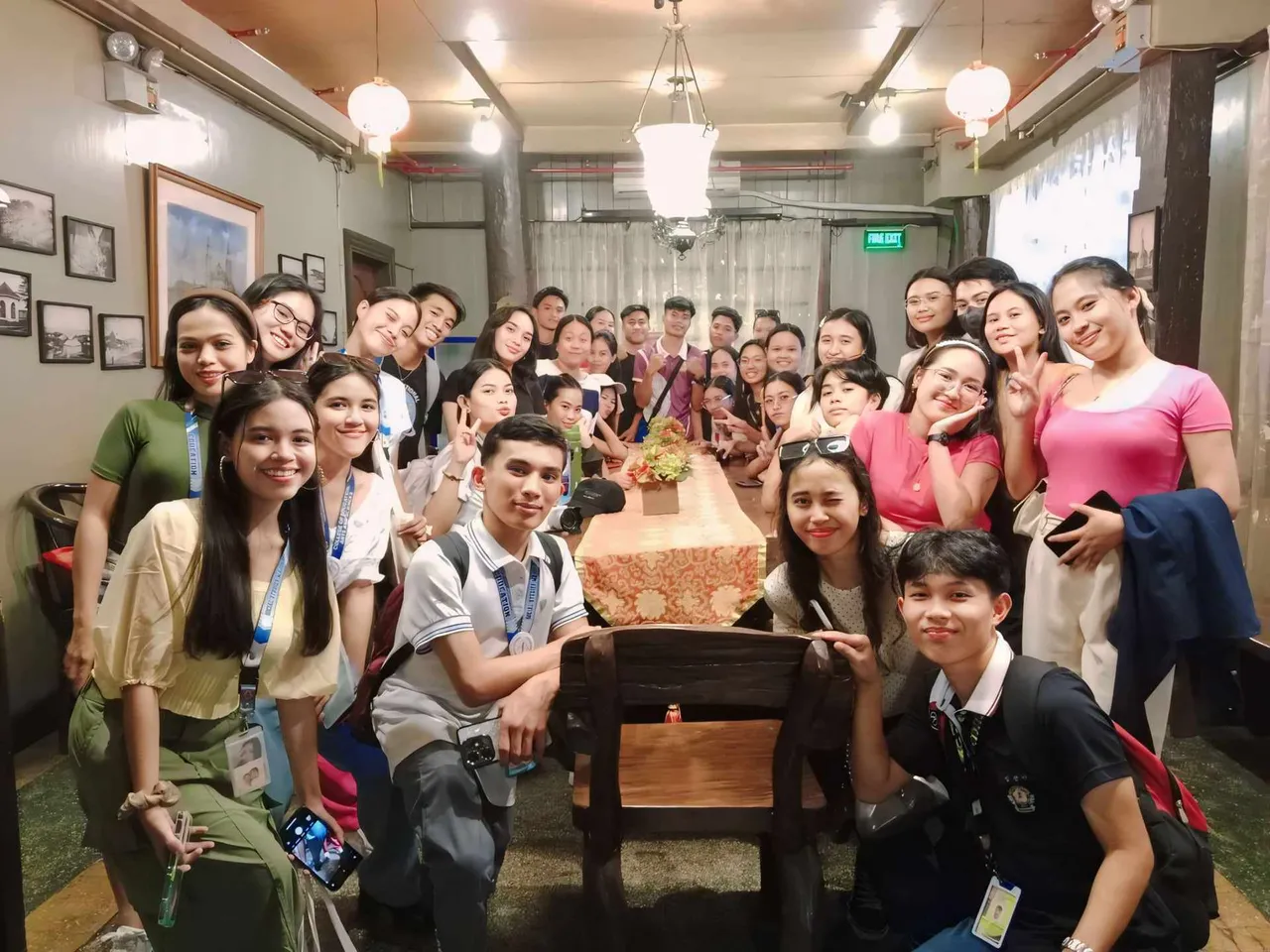
It was indeed a memorable experience, I just can't really explain the vibes of the place, it's like going back to the 1730s, with Crisostomo Ibarra and Maria Clara. Just see it for yourself and really you will understand how it feels like. If you wish to visit the museum, don't forget to get to see their cute little snakes. I honestly hate snakes, even touching them. But for those who are snake lovers, I guess you will love them.

That's all for today Hive Fam, have a nice day ahead!😊